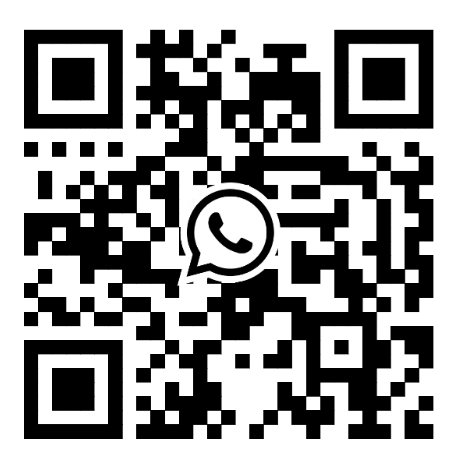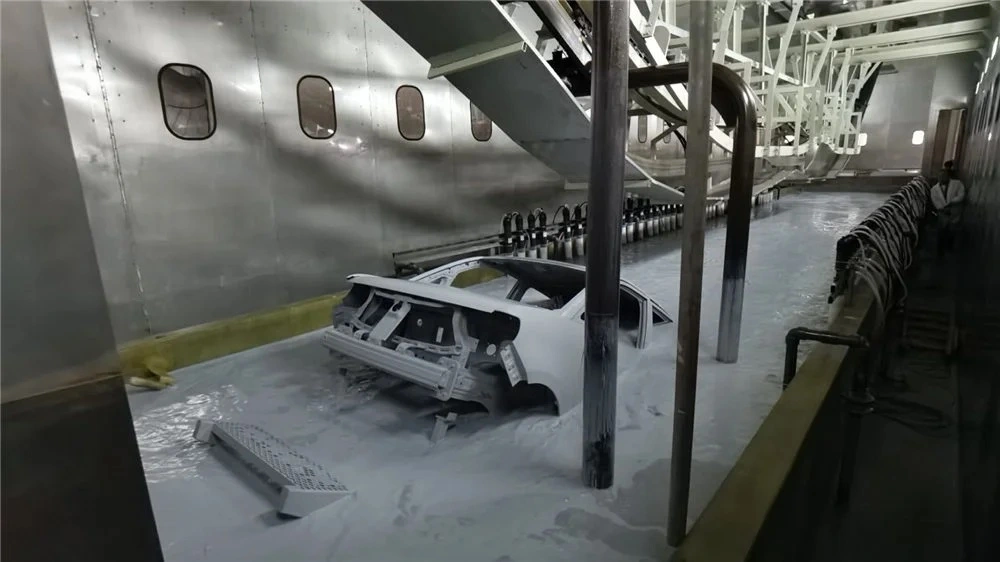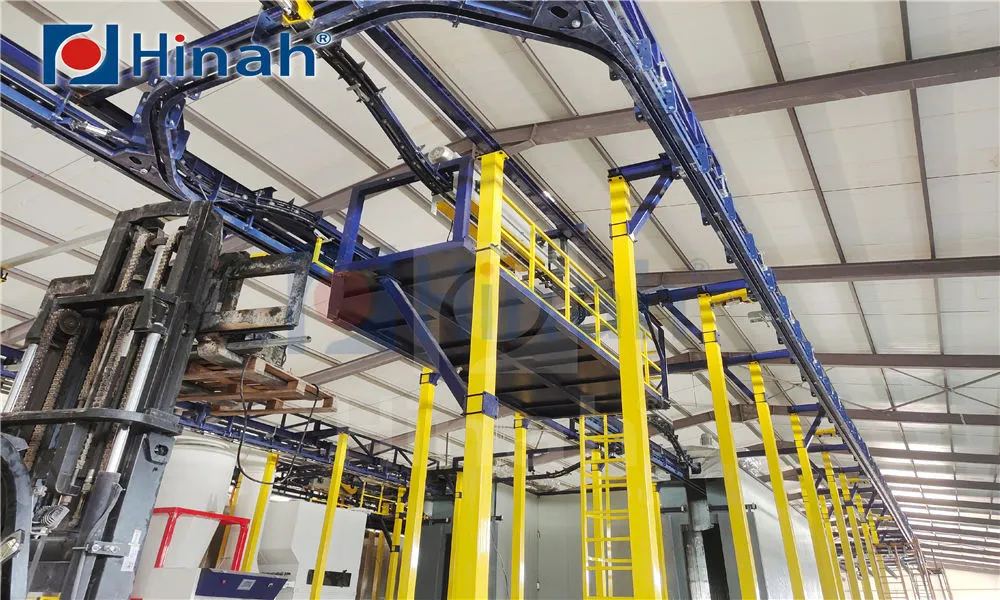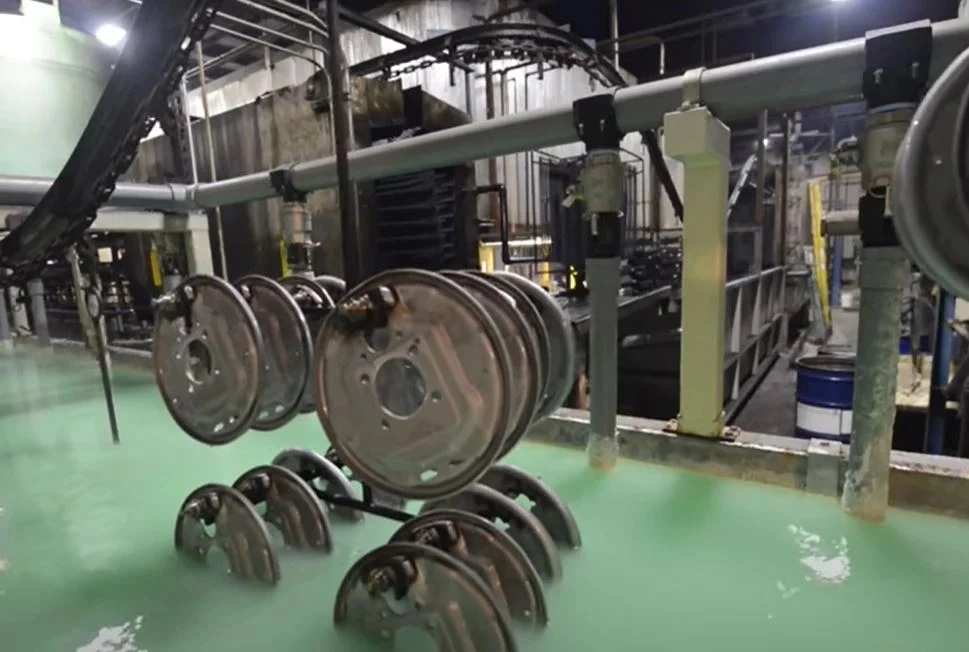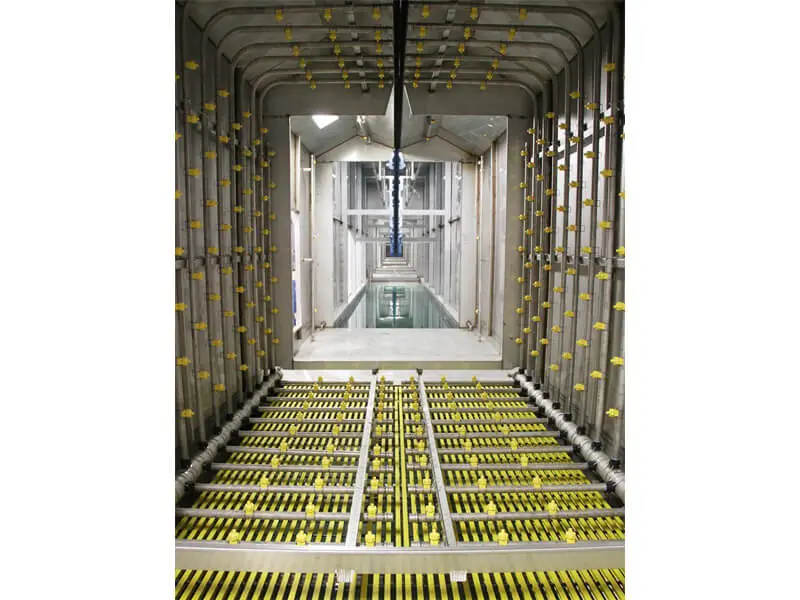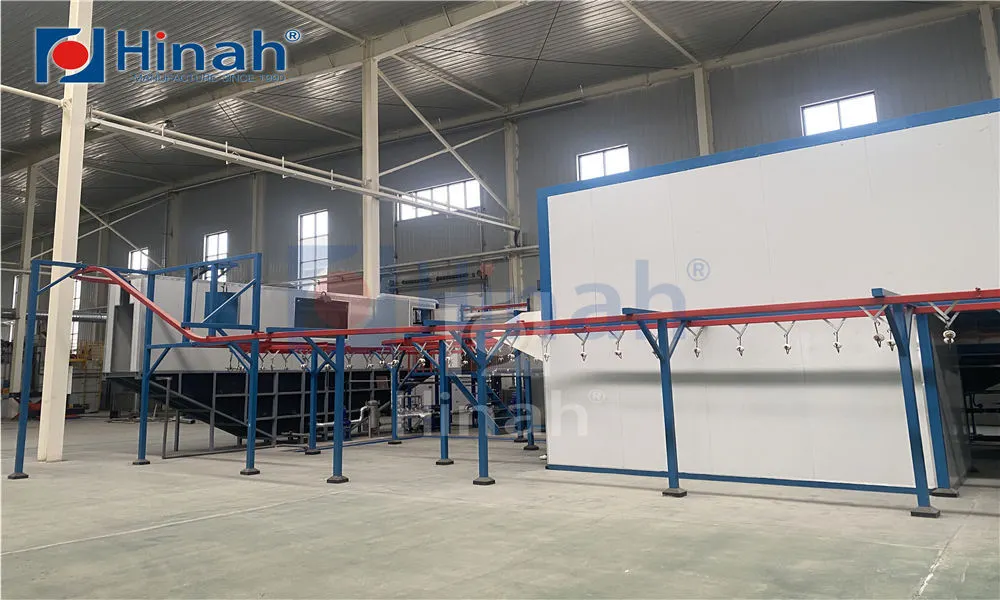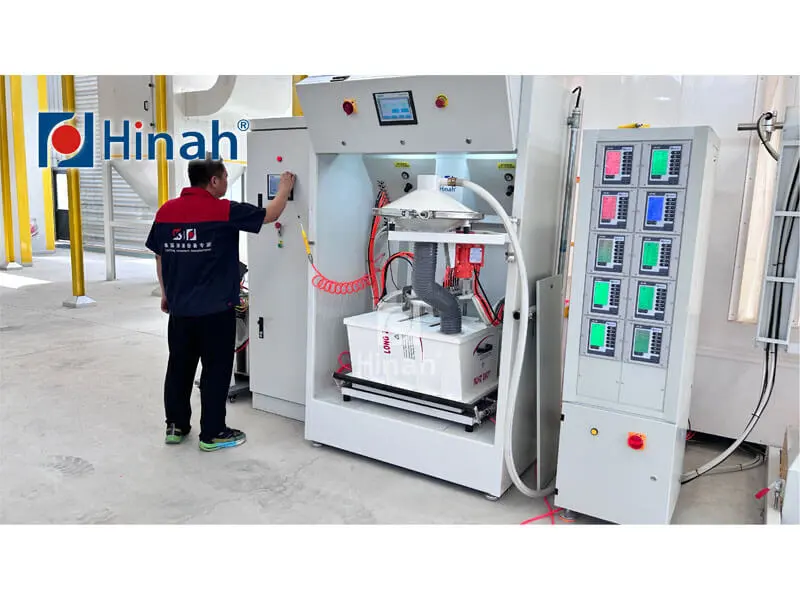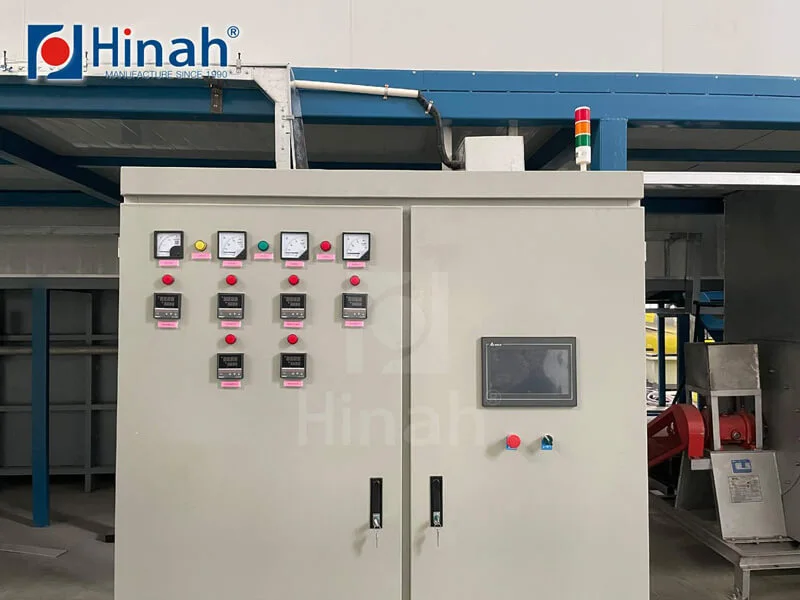The finishing industry is undergoing a transformative shift, driven by the relentless pursuit of efficiency, consistency, and cost-effectiveness. At the heart of this revolution lies Automated Powder Coating. Moving beyond traditional manual methods, automated powder coating systems integrate sophisticated powder coating equipment and control logic to create seamless, high-throughput finishing solutions. This comprehensive guide explores the world of automatic powder coating line technology, detailing components, benefits, configurations, and crucial considerations like automatic powder coating line price.
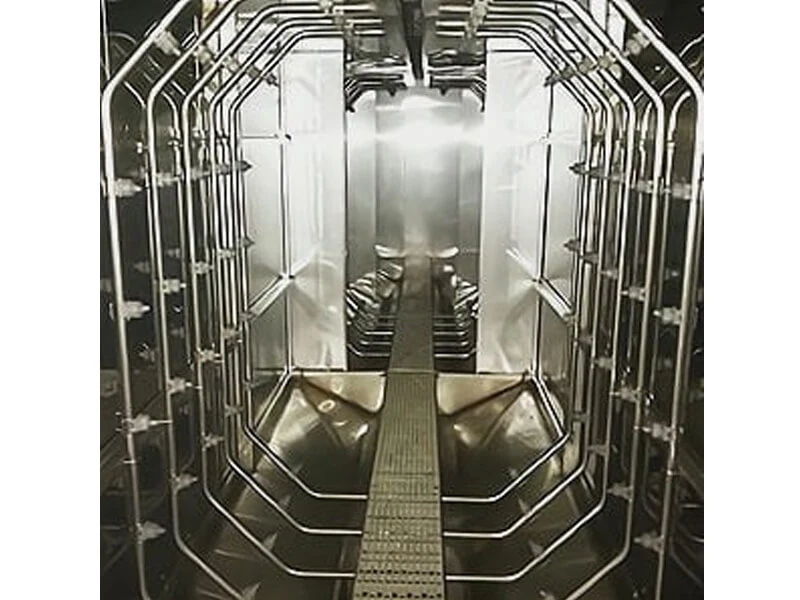
Understanding the Shift: Why Choose Automated Powder Coating?
Manual powder coating, while effective for small batches or unique pieces, faces inherent limitations: variability in film thickness, inconsistent coverage (especially on complex geometries), reliance on operator skill, higher labor costs, and potential safety concerns from overspray exposure.
Automated powder coating systems overcome these challenges by precisely controlling every critical variable:
Unmatched Consistency: Robots or automated guns apply powder with exacting precision, ensuring uniform thickness and coverage on every part, batch after batch.
Dramatically Increased Productivity: Automatic powder coating lines operate continuously at high speeds, significantly boosting throughput compared to manual operations.
Reduced Operating Costs: Lower powder consumption (minimized overspray), reduced labor requirements (especially for spraying), and less rework translate to substantial cost savings.
Enhanced Quality & Repeatability: Eliminating human variability guarantees a consistently high-quality finish that meets stringent specifications.
Improved Workplace Safety: Operators are removed from direct exposure to powder overspray and the spraying environment, enhancing safety, especially within the automated powder coating booth.
Handling Complex Geometries: Advanced robotic arms can maneuver to coat intricate parts and hard-to-reach areas far more effectively than manual spraying.
Optimized Powder Utilization: Sophisticated recovery systems in automated powder coating lines reclaim and reuse oversprayed powder, maximizing material efficiency.
Core Components of an Automated Powder Coating System
A robust automated powder coating system is a symphony of integrated technologies. Key elements include:
The Automated Powder Coating Machine (Application):
Robotic Arms: The pinnacle of flexibility and precision. Equipped with specialized electrostatic spray guns, they can be programmed for complex paths and multiple part geometries. Essential for high-mix environments.
Reciprocators: Linear or vertical machines that move spray guns in a fixed, programmable pattern. Ideal for high-volume production of similar-sized parts.
Fixed Gun Arrays: Multiple guns positioned strategically for simple part shapes or high-speed coating of specific areas. Often used in conjunction with reciprocators or conveyors.
Powder Pumps & Feed Hoses: Reliably deliver powder from the feed center to the application guns at the correct fluidization and pressure.
The Automated Powder Coating Booth:
Containment: Creates a controlled environment to contain overspray during the application process within the automated powder coating booth.
Airflow Management: Uses precisely engineered downdraft or crossdraft ventilation to efficiently pull overspray away from the part and guns, towards the recovery system.
Overspray Collection: Features like baffle plates and pre-separation chambers help direct powder-laden air to the recovery unit.
Safety Features: Access interlocks, explosion venting (if required), and proper grounding are critical for the automated powder coating booth.
Powder Recovery & Management System:
Cyclone Recovery: Efficiently separates a large percentage of usable powder from the air stream using centrifugal force before it reaches filters. Maximizes powder reusability.
Cartridge Filter Recovery: Fine filters capture the remaining powder particles. Advanced systems use pulse-jet cleaning to keep filters clear. Collected powder is typically returned to the feed system.
Sieve: Continuously or periodically filters reclaimed powder to remove agglomerates or contaminants before reintroduction to the feed hopper.
Powder Feed Center (Hopper): Stores virgin and/or reclaimed powder, maintaining it in a fluidized state ready for delivery to the application guns. Integrated controls manage levels and blending.
Conveyor System: The backbone of the automatic powder coating line, transporting parts through pre-treatment, drying, coating, curing, and cooling stages seamlessly. Types include:
Overhead Power & Free (P&F): Offers maximum flexibility for stopping, accumulating, and sequencing parts independently. Ideal for complex lines or varying cure times.
Overhead Monorail (Constant Speed): Simpler and often more cost-effective for high-volume, consistent part processing.
Belt Conveyors: Typically used for smaller, flat parts or within specific zones like curing ovens.
Floor Conormats & Chain-on-Edge: Suitable for heavy parts or specific configurations.
Pre-treatment & Curing Ovens: While not unique to automation, they are integral parts of the complete automated powder coating plant.
Pre-treatment: Automated spray or immersion systems (iron phosphate, zirconium, etc.) clean and prepare the substrate for optimal adhesion. Automated control ensures chemical concentration, temperature, and spray pressure consistency.
Curing Ovens: Convection or infrared ovens that heat parts to the specific temperature and time required to melt, flow, and cure the powder film. Precise temperature profiling is crucial.
Control System: The central nervous system of the automated powder coating system. Modern PLC (Programmable Logic Controller) or PC-based systems manage:
Conveyor movement and sequencing
Robot/reciprocator gun paths, triggers, and parameters (kV, µA, air pressure, powder flow)
Booth airflow and recovery functions
Oven temperatures and zone control
System diagnostics and reporting (OEE tracking, fault alarms)
Recipe management for different parts
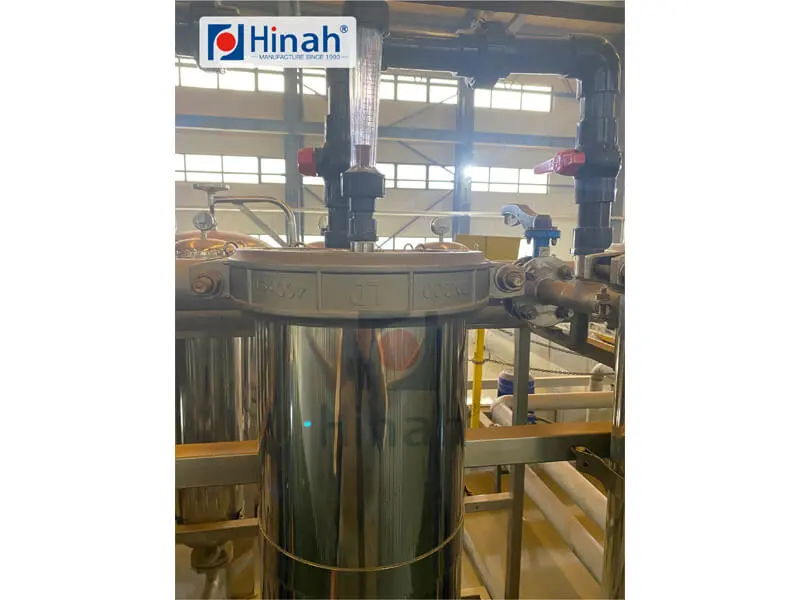
Configurations: Automated Powder Coating Lines & Plants
The scale and complexity of automated powder coating systems vary significantly based on production needs:
Standalone Automated Spray Cell: A single automated powder coating booth integrated with a robot or reciprocator and a compact recovery unit. Ideal for adding automation to specific stages or lower-volume production. Can be retrofitted into existing lines.
Integrated Automatic Powder Coating Line: A fully sequential system incorporating pre-treatment, drying, automated coating booth(s), curing oven, and cooling zone, all linked by the conveyor. This is the standard for medium to high-volume dedicated production. Multiple automated powder coating machines (robots/reciprocators) can be placed in series for complex parts or higher throughput.
Large-Scale Automated Powder Coating Plant: Represents the pinnacle of automation. Features multiple, potentially interconnected automated powder coating lines, sophisticated material handling (AGVs, AS/RS), centralized powder management with bulk delivery, advanced ERP/MES integration, and comprehensive data analytics for predictive maintenance and optimization. Designed for massive throughput and minimal direct labor.
Critical Factors Influencing Automatic Powder Coating Line Price
Investing in an automated powder coating system is significant. Understanding the factors driving automatic powder coating line price is essential for budgeting and ROI calculation:
Level of Automation: A simple reciprocator system costs less than a multi-robot cell. Full plant integration commands the highest price.
Application Technology: Robotic arms (especially 6-axis) are significantly more expensive than reciprocators or fixed arrays. The number of guns per machine also impacts cost.
Booth Size & Features: Larger booths for bigger parts or multiple guns cost more. Advanced airflow designs, specific explosion protection ratings (ATEX), and specialized interior coatings add to the automated powder coating booth price.
Recovery System Type & Capacity: High-efficiency cyclone systems are more expensive than basic cartridge-only systems. Larger capacity systems for high-throughput lines cost more.
Conveyor Type & Length: Complex Power & Free systems are pricier than monorail. The total length and number of drives/lifts significantly impact cost. Heavy-duty conveyors for large parts add expense.
Oven Size & Technology: Curing ovens are major cost centers. Larger ovens, high-temperature capabilities, and advanced heat recovery systems increase price. IR ovens can have different cost structures than convection.
Control System Sophistication: Basic PLC control is standard, but advanced HMI interfaces, extensive recipe management, remote monitoring, and full data integration capabilities increase costs.
Pre-treatment System: Automated spray washers with multiple stages (cleaner, rinse, conversion coating, rinse, seal) add substantial cost compared to manual pre-clean.
Part Complexity & Size: Coating large, complex parts requires larger booths, potentially more sophisticated robots, and longer ovens, all driving up the automatic powder coating line price.
Required Throughput (Parts/Hour): Higher speeds demand more robust conveyors, larger recovery units, potentially more application guns, and larger curing ovens.
Customization & Integration: Standard lines are less expensive. Highly customized solutions for unique layouts or specific part handling needs increase engineering and fabrication costs.
Vendor & Quality: Established vendors with proven reliability and support command premium prices compared to lesser-known suppliers. Quality of components matters.
Installation & Commissioning: Site preparation, rigging, installation labor, and commissioning services are significant additional costs beyond equipment price.
Location & Regulations: Shipping costs and local environmental/safety regulations can influence the final price.
Generally, entry-level automated powder coating systems (simple reciprocator, small booth) can start in the low six figures ($USD). Comprehensive, high-volume automatic powder coating lines typically range from several hundred thousand to well over a million dollars. Large-scale automated powder coating plants represent multi-million dollar investments.
Maximizing ROI: The Value Proposition of Automation
While the upfront automatic powder coating line price can be substantial, the return on investment (ROI) is often compelling:
Labor Cost Savings: Significant reduction in direct spray labor and associated costs (benefits, training).
Material Savings: Precise application and high-efficiency recovery (often 95%+ utilization) drastically reduce powder waste.
Reduced Rework & Scrap: Consistent quality means fewer rejects and less time/money spent fixing coating defects.
Increased Throughput: Running 24/7 with minimal downtime for changeovers maximizes production capacity.
Improved Part Cost: Combining labor, material, and overhead savings lowers the cost per coated part.
Enhanced Competitiveness: Ability to take on higher volumes, meet tighter quality standards, and offer competitive pricing.
Scalability: Automated powder coating lines can often be expanded or upgraded as business grows.
Selecting the Right Automated Powder Coating Solution
Choosing the optimal automated powder coating system requires careful analysis:
Define Requirements: Clearly articulate current and future part volumes, sizes, geometries, quality standards, and desired throughput.
Evaluate Processes: Analyze your current process bottlenecks and pain points. What are your goals (speed, quality, cost reduction)?
Research Vendors: Look for experienced suppliers with expertise in automated powder coating equipment relevant to your industry and part types. Request references.
Request Detailed Proposals: Ensure proposals clearly define all components (booth type, recovery, conveyor, guns, robots, controls, ovens), specifications, and the total automatic powder coating line price including installation and commissioning.
Prioritize Support: Service, training, spare parts availability, and technical support are critical for long-term success with complex automated powder coating systems.
Consider Future-Proofing: Choose a system with some scalability or flexibility to accommodate potential future changes in product mix.
Automated powder coating systems are no longer a luxury; they are becoming a necessity for manufacturers seeking to thrive in competitive global markets. From the precision of the automated powder coating machine within its optimized automated powder coating booth to the seamless flow of the entire automatic powder coating line, this technology delivers unparalleled consistency, efficiency, and cost control.
While the automatic powder coating line price represents a significant investment, the compelling ROI driven by labor savings, material efficiency, quality improvement, and increased throughput makes automation a strategically sound decision. Whether implementing a single cell or designing a complete automated powder coating plant, embracing this technology is key to unlocking higher productivity, superior quality finishes, and sustainable growth in the modern industrial landscape. Investing in the right automated powder coating systems is an investment in the future competitiveness and success of your finishing operation.

